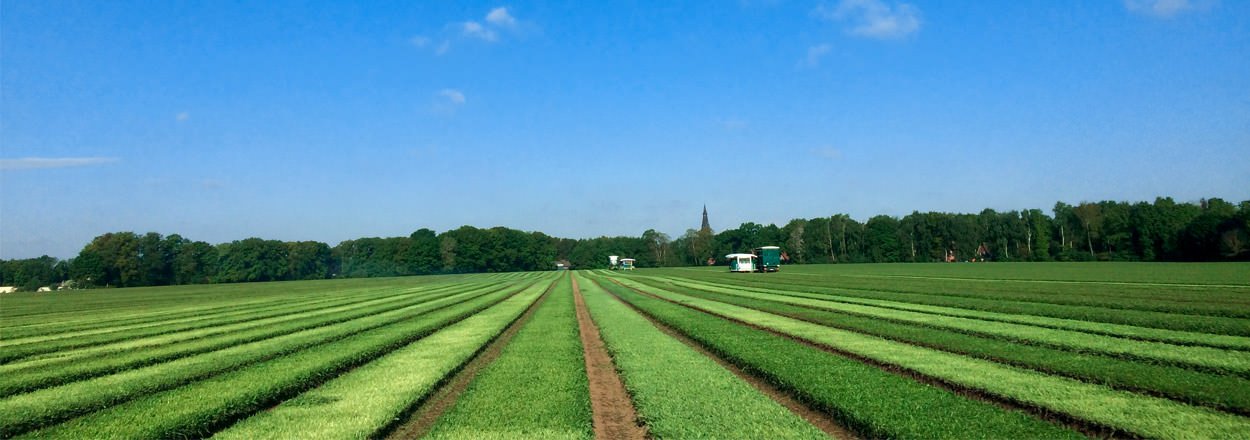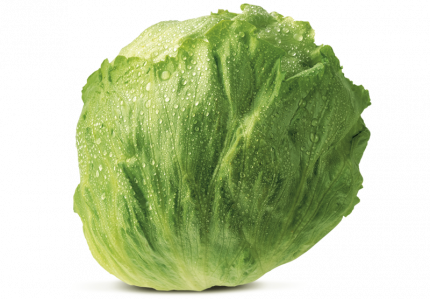Growing
Iceberg lettuce is planted from March to August, spaced around 30 cm apart. It flourishes best in moist, well-irrigated, nutrient-rich soil. In very hot weather, the soil should be well irrigated before planting and planting should take place in the early morning. Planting in March/April under film or nonwoven enables a very early harvest. The heads should be harvested when they feel solid under light pressure.
Nutrients
Iceberg lettuce contains high levels of α- and β-carotene. As a provitamin, the latter can be converted into vitamin A (retinol) in the body. α- and β-carotene are carotenoids. Other phytochemicals contained in iceberg lettuce include flavonoids and phenolic acids, which are among the polyphenols.
Preparation
Iceberg lettuce is primarily eaten raw. First, the loose outer leaves are removed and the lettuce is washed. It can then be halved, quartered or cut into strips. Thanks to its solid structure, it can be prepared several hours before eating, without its quality suffering. The preparation options are all but unlimited. Iceberg lettuce is just as delicious combined with sweet ingredients and fruity accompaniments as with crispy fried bacon pieces, for example.
Storage/preservation
Storing iceberg lettuce is as easy as can be. It can be kept for up to two weeks in the vegetable drawer of a fridge. Even when cut, it can be kept wrapped in cling film for up to a week without losing freshness. Iceberg lettuce is especially crispy and crunchy when chilled.

